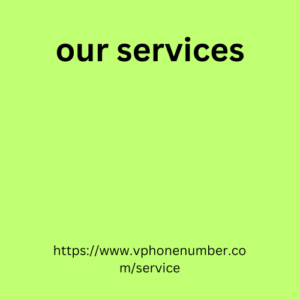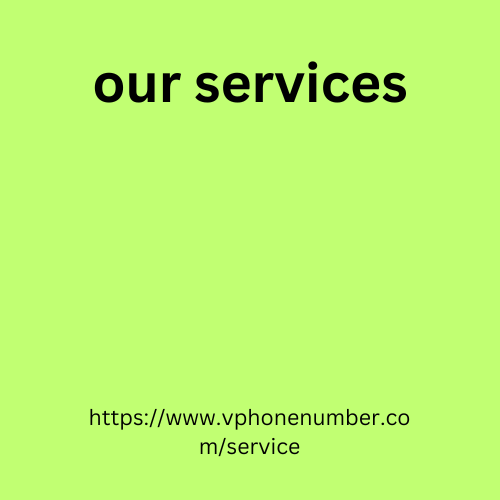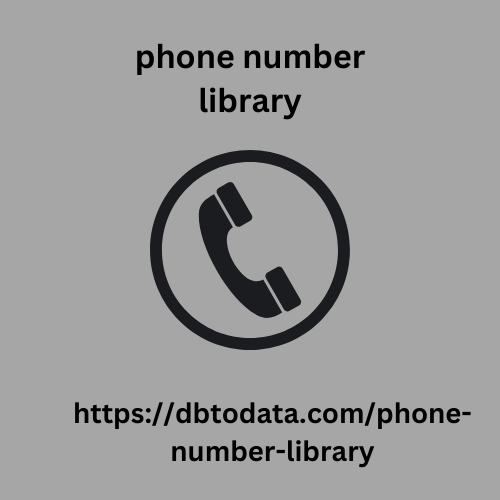Any event promotion strategy cannot do without an email marketing campaign . Before launching it, you need to evaluate a number of parameters of the event: its type – online or offline, the industry, the target group (CEOs, managers, newcomers or students) and, last but not least, the scale of the event.
Once you have these basic event parameters in place, you can begin developing your email campaign. To do this, you need to plan your email marketing strategy in advance , which largely depends on the scale of the event. It is worth noting that a well-thought-out marketing plan determines the success of your event, so it is of paramount importance.
So, here is a step-by-step guide to creating an effective email campaign, as well as an expanded classification of montserrat virtual phone numbers event types. Together, they will help you understand the essence of the matter and attract maximum visitors to the event.
Let’s start with an inspiring example.
Example-of-the-perfect-event-invitation
(Source: Titan Up newsletter)
What is event-based email marketing?

As the name suggests, event email marketing (or event marketing) is the practice of promoting an upcoming event/activity using emails. The method consists of a series of emails that are sent out in a planned sequence before and after the event. The main goal of an event marketing campaign is to reach as many people as possible and create a “digital footprint” of the event, which will ultimately increase awareness and increase online or physical attendance.
Email Marketing for Event
In today’s world, email has become an integral part of marketing campaigns, and email marketing is becoming especially important for events. It serves a strategic purpose and has a global impact on your user and customer base. Here are the most important benefits that a well-thought-out event email marketing strategy provides:
Brand recognition and development
Email marketing is essential for getting your brand into people’s minds and creating a lasting image. When your brand gets into people’s heads, you increase your visibility and people start to notice you. When you get noticed, it creates interest and then engagement. The result of this entire cycle is that a potential customer becomes an actual user.
Value and high sales
Sales increase when customers choose your product or service; this is common sense. As for events, they increase your brand value in one form or another, which ultimately creates customer loyalty. A successful event marketing campaign initiates this process.
Contact base growth
Events provide change your lifestyle or click continue to swim ample opportunities for networking, and your newsletters are key to reaching people, whether it’s a potential customer base or a target group of investors. That’s why email marketing is your primary tool to help you achieve maximum impact in this regard,
How to Create Event Marketing Emails
Let’s now look at creating event emails and their main components.
Subject of the letter
The subject line is crucial, it determines whether the recipient will open your email. Therefore, the subject line must be absolutely precise. To do this, you need to put the most important words at the beginning and remember to keep it short and clear. You can use keywords about the event in the subject line, but make sure the subject line clearly reflects the content.
Check out this example from Mailchimp.
Event-Invitation-Subject-String
(Source: Mailchimp newsletter)
Letter body
The body of the email should contain at least a header, a content block, and a call to action button. Once you’ve included agb directory these elements in your email, be sure to include additional content, such as event details or a list of invited speakers.
Take a look at the email from Joint Futures 2019. The text is informative enough to convince recipients to buy a ticket. If they are not interested, at least share the email with friends and family.
Email-Marketing-for-an-Event_Example
(Source: Joint Futures 2019 newsletter)
Footer
The footer of the email is usually intended for information about the company: mailing address, contact email address, phone number, and website link. The design of the footer in the email template can be made in the style of your company’s website.
Perfect footer
(Source: Web Summit Newsletter)
Pre-Event Email Marketing
Now that you have your campaign roadmap mapped out, it’s time to implement it into a series of stages. The first stage is the pre-event marketing strategy phase. The main goal of pre-event email marketing is to build anticipation and create buzz around the upcoming event. Here’s a thoughtful event marketing strategy, structured even further into stages:
Letter 1: Invitation
When it comes to developing the perfect marketing campaign, timing is everything. We’re talking about the timing of your emails: it determines how full your audience is (or how many views it gets, if it’s an online event).
For example, for an event like a lunch and learn or a meeting, you might send the first email two to three weeks before the event. But for a major event like a conference or trade show, which typically costs $300 to $1,500 in registration fees alone, you should send out emails at least six months before the event.
Best Event Marketing Strategy Sending Emails Before the Holiday
(Source: Web Summit Newsletter)
The concept behind the timing of the email is that the more expensive the event, the more time attendees should have to plan their visit. If you think the excitement might die down over time, you can keep the hype going with follow-up emails. In this case, you can send a simple “Save the Date” in the first email.
One of the best event marketing techniques is to include “Sign Up/Add to Calendar” options in an attractively designed call to action. This increases your chances exponentially, especially when combined with a clear message about the importance of attending the event.




